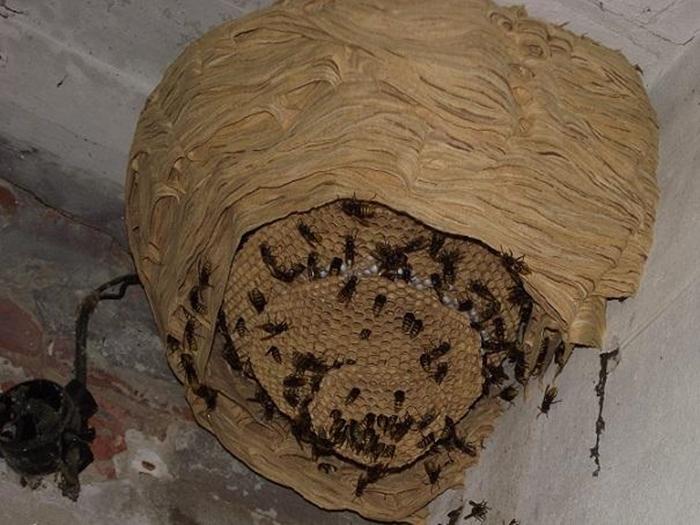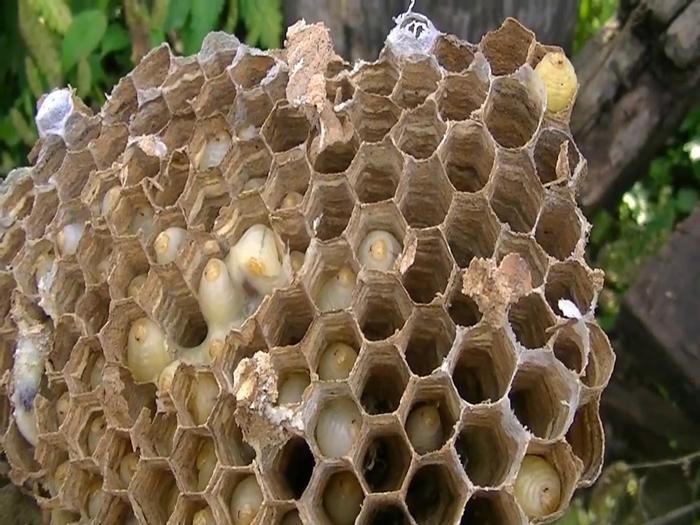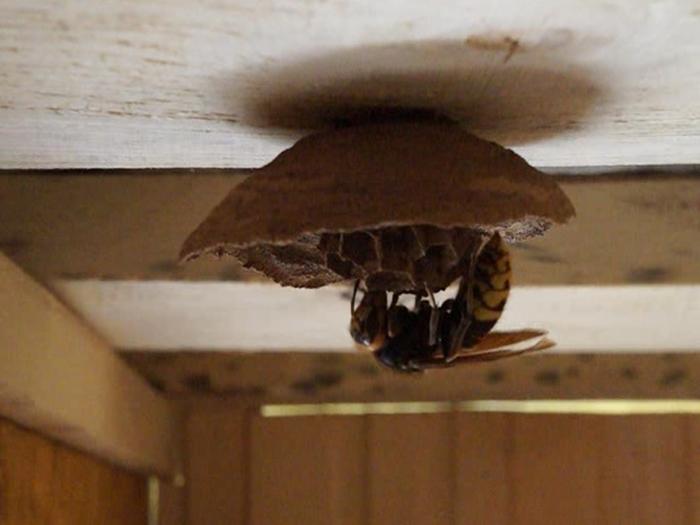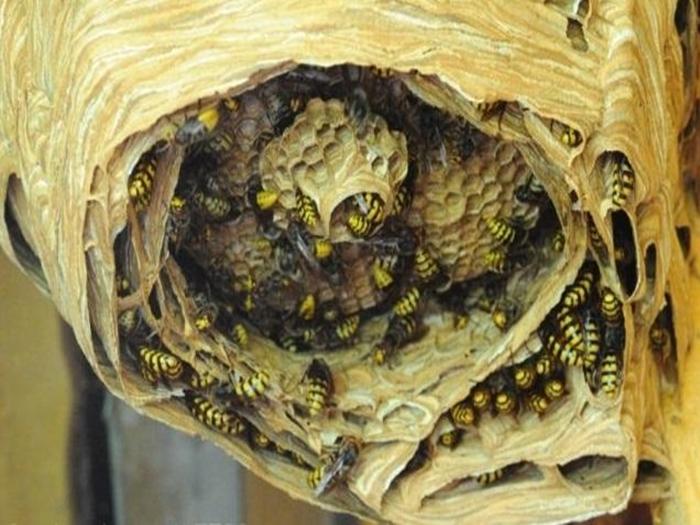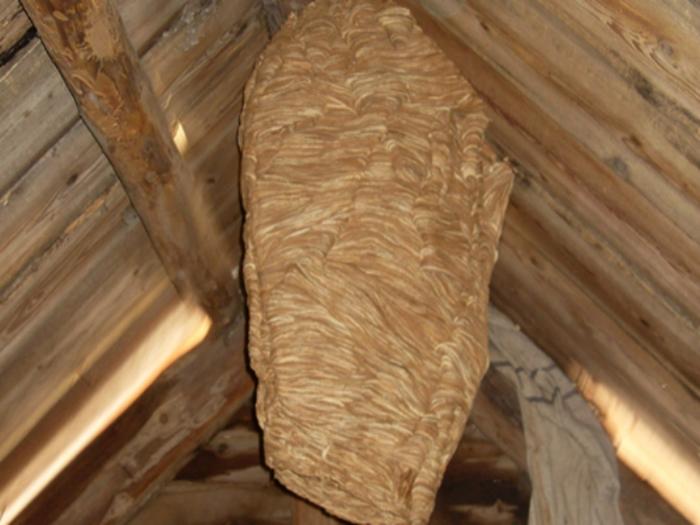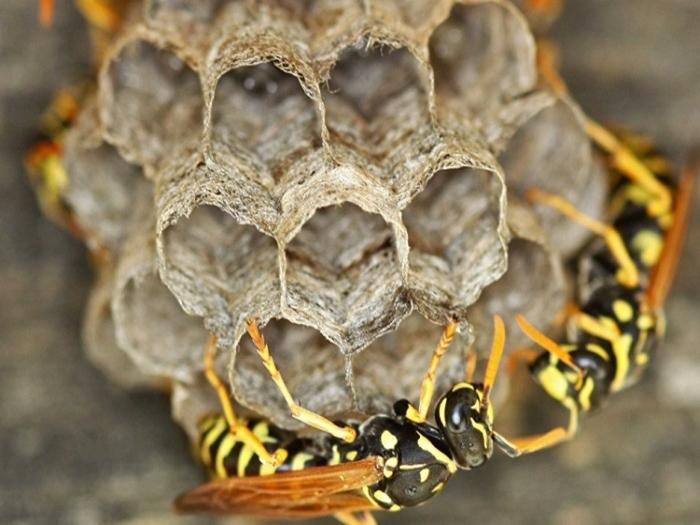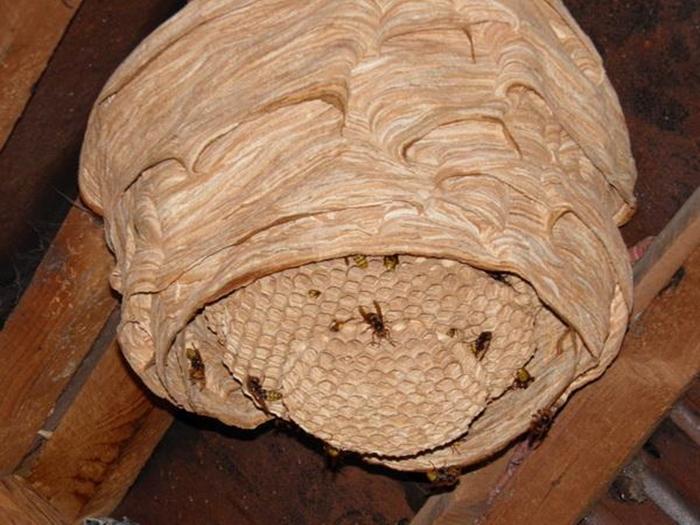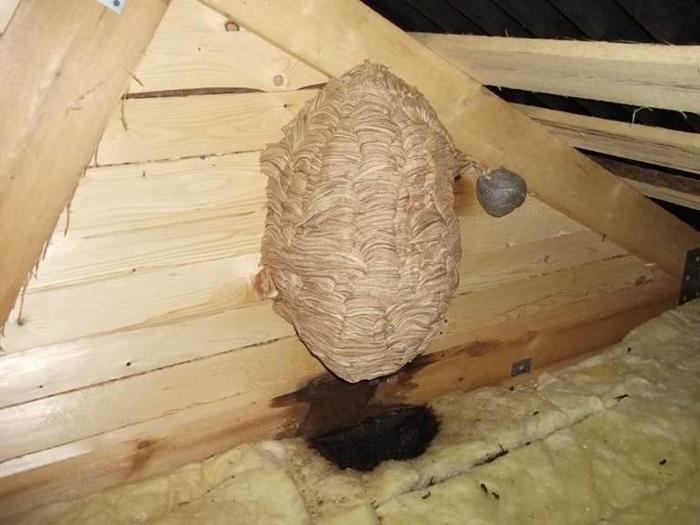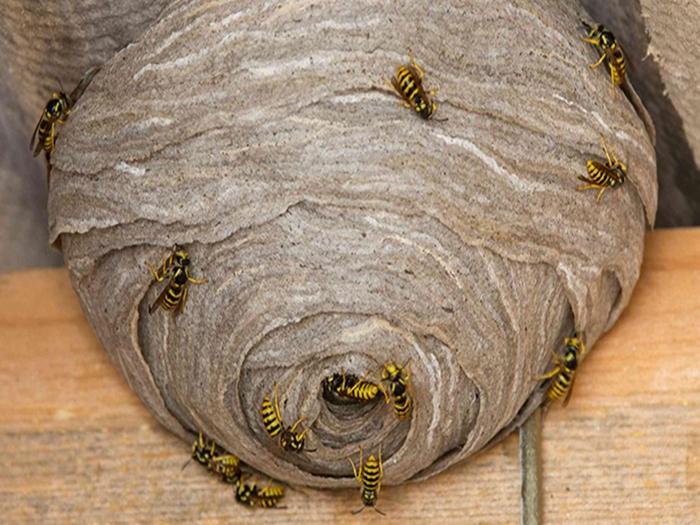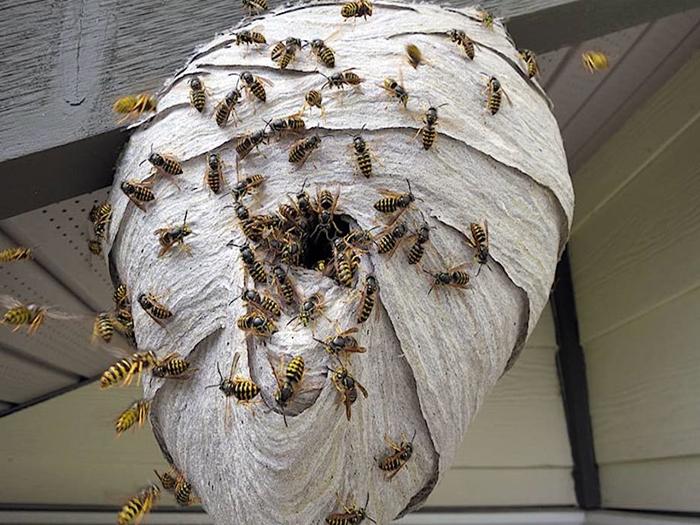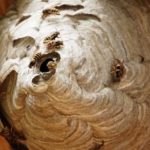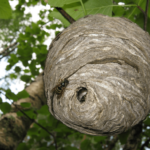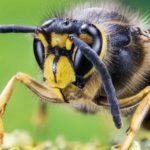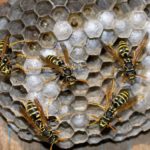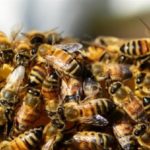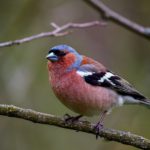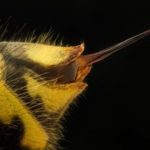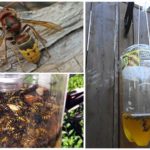Like other wasps, hornets live in paper nests, which they build themselves from pieces of wood. Let's look at exactly what hornet hives look like, what their structure is, and how to detect them. How many insects can fit in a nest, how hornets build it when they leave. Is it necessary to destroy the nest and how to do it. Preventing the appearance of hornets on the site.
What does a hornet's nest look like?
Wasps build a hive in the shape of a cone or ball; it consists of several tiers. Insects take material from old stumps and branches, which is why the structure turns out to be brown in color rather than gray.Hornets make nests in secluded places, under a canopy, in attics, in hollows, where they will be protected from rain and wind.
Average dimensions of the structure: 0.3-0.5 m wide and 0.5-0.7 m long. Under favorable conditions, insects can build larger nests. Despite its size, the weight of an empty nest is small, only about 1 kg, because it is made of light, thin material.
Structure
Inside, the hive consists of compartments with honeycombs, the compartments are located around an axis, separated from each other by a thin partition. The tiers are located perpendicular to the axis of the nest and are fastened together. On average, a hive consists of 3 or compartments and 7-10 tiers.
Detection methods
Hornets are beneficial insects and try not to unnecessarily come into contact with animals and humans. If the nest is located in natural conditions, far from human habitation, there is no need to destroy it.
But hornets can make homes in the immediate vicinity of buildings. Here they can be dangerous, especially if the structure is residential or frequently visited.
Hornets attack not only people, they can destroy bees, larvae, and eat stored honey. In such cases, you will have to get rid of the unwanted neighborhood.
It would be good to find the hive when the wasps have not yet completely built and inhabited it. When construction is in its early stages, removing the nest is easy. If this is not done, young animals will soon appear in it, and it will be difficult to get rid of insects.
How many individuals live in one nest?
The number of insects that occupy one hive may vary. How many individuals there will be in a family depends on the weather, the volume of the food supply and how comfortable the nest is located.Each hive contains one family with an average of 4-6 hundred insects. Under favorable conditions, a good location and the availability of food for all insects, a family can increase to 1-2 thousand wasps. The structure in this case can be very large - over 1 m in diameter.
Nest construction
The hive turns out to be convenient for insects, light and durable. It protects wasps well from heat and cold, moisture and wind. The material for construction is bark and tiny pieces of wood, especially birch. Insects chew the pieces, moisten them with saliva and lay out layers of future housing from this mass.
First of all, the queen lays out the first layer of cells and lays eggs in them. After about a week, larvae emerge from them, and after 2 weeks they pupate. Another 2 weeks pass, and worker individuals emerge from the pupae and continue building the nest. How efficiently they work determines the number of insects that will live in the hive during the season. After the worker hornets emerge, the female lays eggs, from which males and females will emerge.
Departure of insects
Females and males fly out of the nest immediately after emerging from their pupae and begin swarming. Working individuals continue to live in it until autumn, until the onset of cold weather. Then it gradually becomes empty as the insects die from the cold. Only fertilized queens find shelter for the winter. They can produce a substance that, like antifreeze, prevents them from freezing. Females choose hollows and wooden buildings as their winter home. Insects can also stay in their native nest for the winter.
Even despite the preparation, not all hornets survive the winter, but with the onset of spring warmth, the wasps fly out of their shelters and begin to look for a place to build a new hive. They don't return to the old one.
How to destroy a hornet's nest
Taking into account the life cycle and behavior of hornets, hives should be destroyed in late autumn or winter, when they are empty. There are no insects that can attack and sting. The hive can be easily removed by breaking off or cutting off at the base and burning.
If the nest needs to be removed in the summer, there are several methods:
- treat with insecticidal agents;
- burn;
- drown;
- pour machine oil over it.
All this must be done carefully so as not to cause insect aggression.
To protect yourself, you need to wear thick clothing that covers all parts of the body, a hat with a brim, and a respirator if chemical control agents will be used. Be sure to wear gloves. You can use a beekeeper suit if you have one.
Among insecticides, you can use products that indicate that they act against hornets. Conventional medications may not be effective. Insecticides give good results:
- Aerosol "Dichlorvos". It needs to be sprayed near the nest. It is usually used if the hive is located in premises that people rarely visit.
- Delta Zone capsules. They are dissolved in water and the hive is sprayed with the solution. Has a long lasting effect.
- Emulsion "Solfisan". It is used to treat wasp structures or added to bait.
- The drug "Taran". Spray the nest with the solution.
It is best to process or remove the nest late in the evening or at night, when insects are not so active.
Prevention of occurrence
Although insects do not return to old nests, they often build new ones not far from them, due to their convenient location and protection from bad weather. To prevent the hornets from settling on the site again, you need to find and burn the old nest. The remaining cellulose and wax must be removed from the surface on which it was kept. Then spray with an insecticide solution to discourage insects from setting up a new home.
To make paper housing, wasps use old wood that has begun to rot, so all branches and stumps must be removed from the area. Repair wooden buildings, cover them with paint and varnish.
You should not leave plant debris or leftover food, especially sweets, on the site, where hornets can take food from. Food waste must be disposed of or kept in closed plastic bags, containers, or bags.
It is known that hornets never build their nest next to the home of another family. Using this feature of wasp behavior, you can hang a dummy nest on the site to repel insects.
The sting of hornets is painful and unpleasant, but they rarely attack people on their own. They attack if they believe that the home is in danger. Therefore, there is no need to destroy a hornet’s nest for no reason. The insects themselves will leave it as soon as the cold weather sets in. In the meantime, you just need to stay away from him, don’t approach or touch him.

